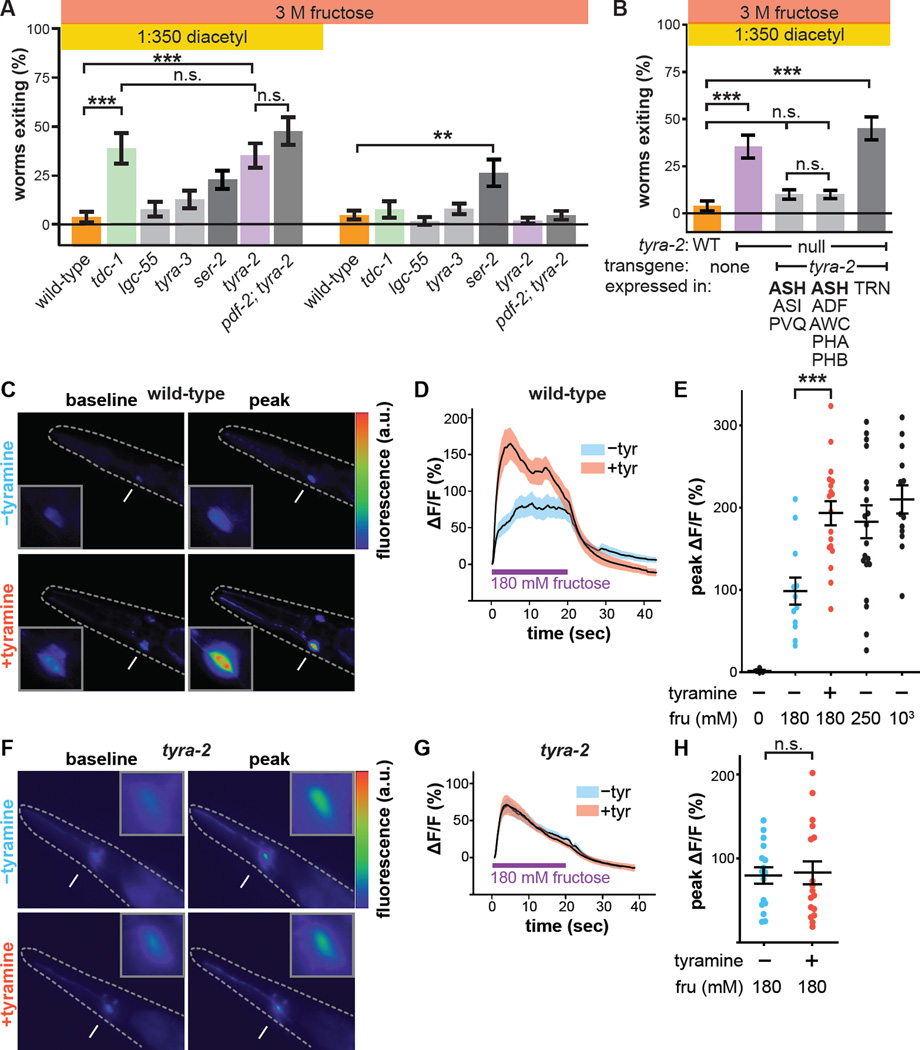Figure 4. Tyramine acts on its receptor TYRA-2 in ASH osmosensory neuron to regulate the multisensory decision balance.
(A) Multisensory and unisensory decision balance of tyramine receptor mutants. Tyramine GPCR ser-2 null-mutant worms exhibit increased exiting in both multisensory (p vs wild-type = 0.136) and unisensory contexts, though only the increased exiting in the unisensory context is statistically significant compared to wild-type (**, p = 0.009). Decision balance of the pdf-2; tyra-2 double-mutant is also shown.
(B) Re-expression of tyra-2 in tyra-2 null-mutant worms under the control of the sra-6 or gpa-13 promoters, whose activity overlaps solely in ASH. Re-expression of tyra-2 using the mec-17 promoter in touch receptor neurons (TRN), some of which also normally express tyra-2.
(C–E) Representative images (C), time course (D), and peak (E) Ca2+ responses of ASH to 180 mM fructose (unless otherwise indicated) in wild-type worms with or without 50 mM tyramine pre-treatment imaged using GCaMP3.
(F–H) Representative images (F), time course (G), and peak (H) Ca2+ responses of ASH to 180 mM fructose in tyra-2 null-mutant worms with or without 50 mM tyramine pre-treatment imaged using GCaMP3.
(Arrows indicate ASH cell body, magnified in the insets. Dashed lines outline the worm. mean + s.e.m; circles represent peak responses of individual animals; n>12 animals per genotype and treatment condition.)

